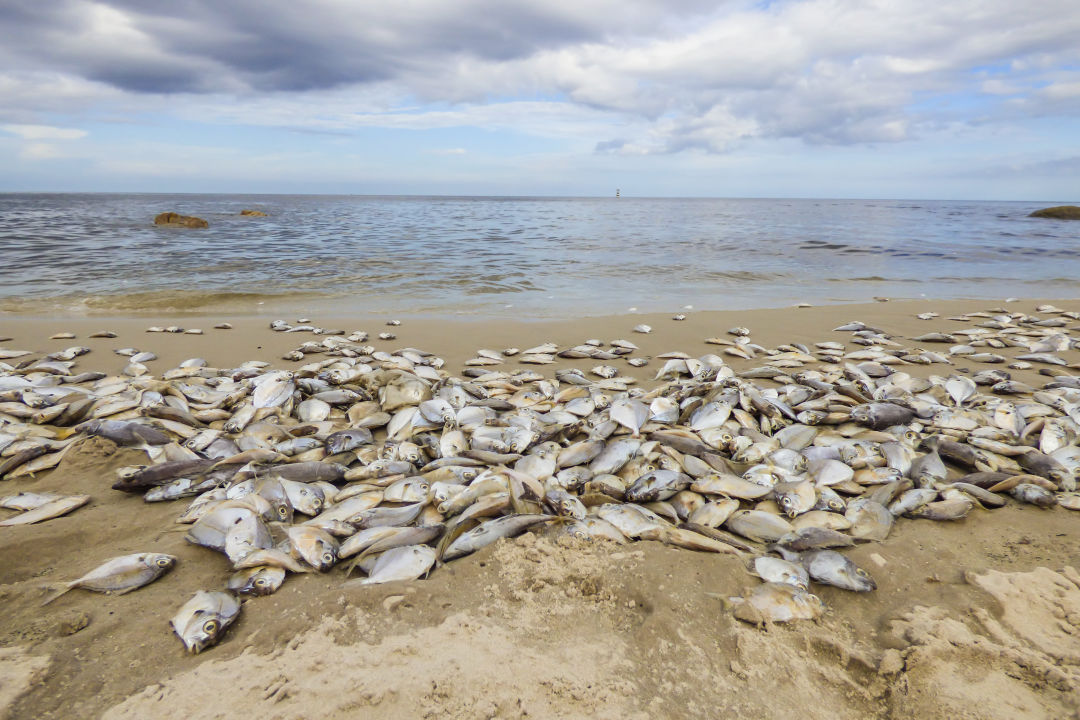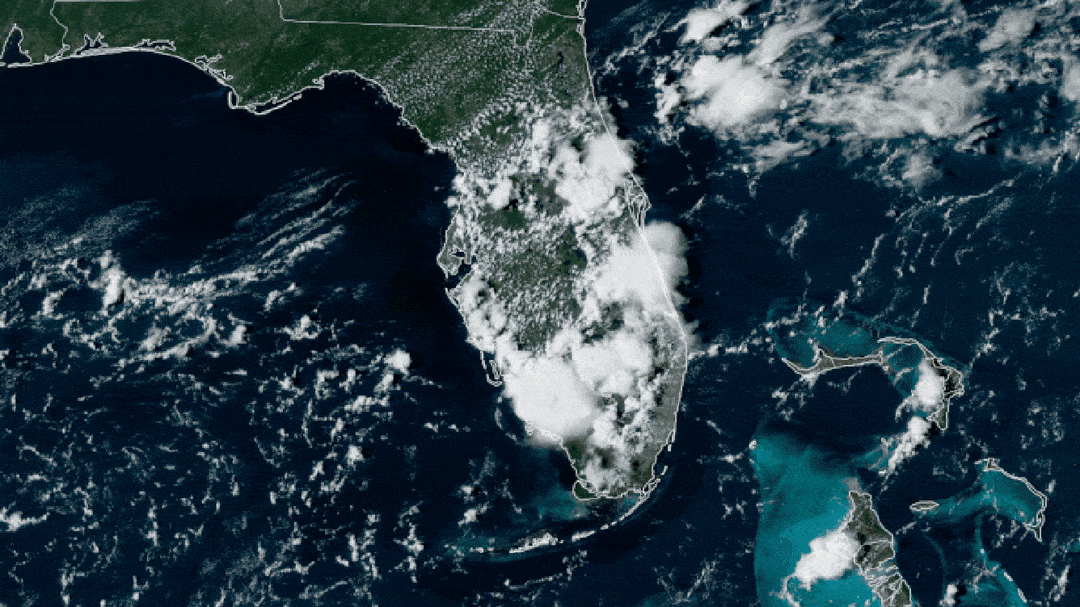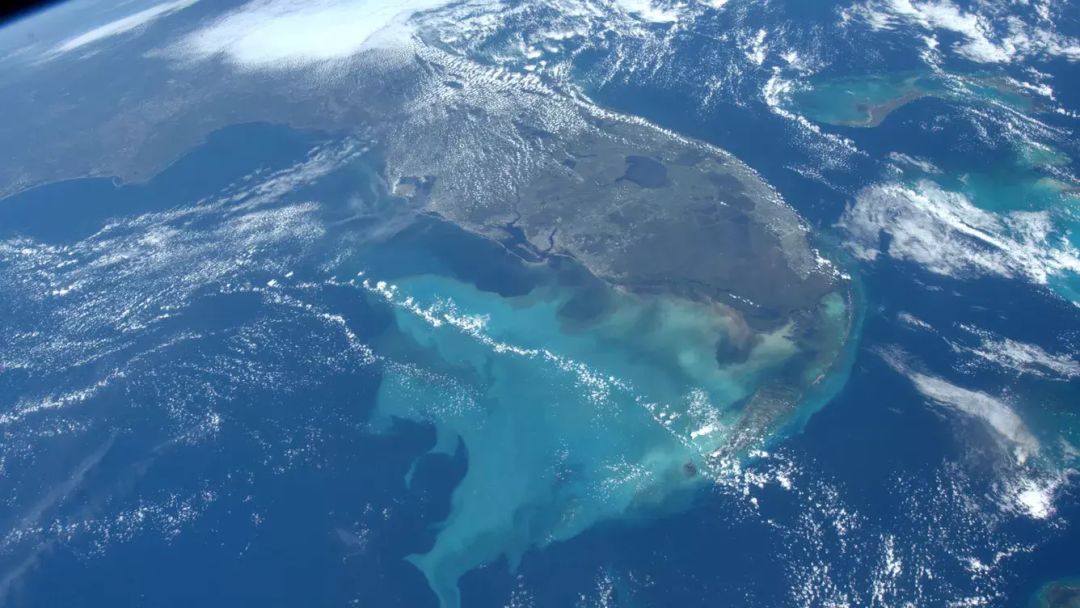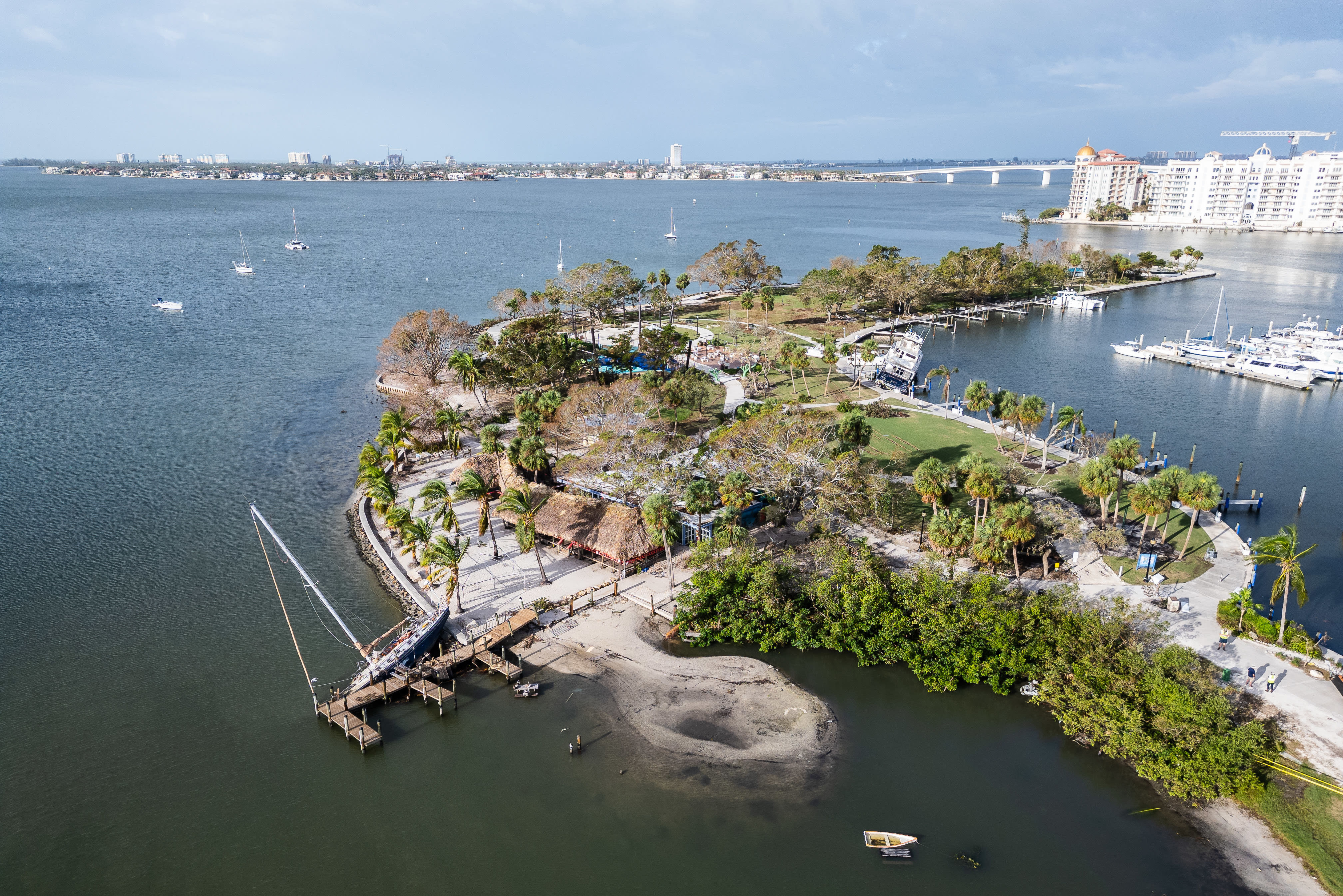Has Hurricane Ian Created Another Red Tide Event?

A fish kill from Florida's 2018 red tide bloom.
It’s been over two weeks since Hurricane Ian wrought historic havoc on the state of Florida, but, unfortunately, the full effect of the storm has yet to be seen. There is growing concern among scientists that as the massive amount of water the hurricane dumped onto the state makes its way out toward the coast, it carries with it the ingredients for a severe harmful algal bloom, like red tide.
An estimated 10 inches of rain soaked more than 3,500 square miles of Florida in less than 24 hours as Ian ripped through the state. Since then, all that water is slowly making its way out to sea, carrying with it all sorts of sediment and pollution. There is so much water draining out of the southwest peninsula that you can see it from space.

The water around southwest Florida before and after Hurricane Ian.
Image: (NOAA / CIRA / RAMMB)
All this organic matter and pollution can feed harmful algal blooms. In 2018, less than a year after Hurricane Irma, Sarasota experienced one of its worst red tide blooms in history, when millions of pounds of dead fish washed up along our shores. While there are many factors at play with harmful algal blooms, Suncoast Waterkeeper founder Justin Bloom says, "I see a lot of evidence pointing toward a significant role played by extreme weather events in creating conditions in which harmful algal blooms thrive."
The environment, our health and the economy suffered greatly as a result. It’s estimated the 2018 red tide bloom cost Florida more than $184 million in tourism revenue.
According to Dave Tomasko, the executive director of the Sarasota Bay Estuary Program, the news isn’t all bad. Even though some local waterways look like "root beer," he wrote in a recent update, the surface water has enough oxygen to keep fish alive, so long as they can handle the lowered salinity.

The turquoise water is from the storm emptying out into the sea.
Image: Bob "Farmer" Hines / NASA
“We saw no evidence—at all—of massive fish kills due to low oxygen last week,” Tomasko wrote. “It’s a great time to see dolphins right now—saw about a dozen Sunday, and we saw many of them last week as well. That’s a good sign.”
Tomasko also received bacteria samples collected last week from Blackburn Bay and the furthest southern part of Little Sarasota Bay, and while they exceeded relevant criteria, they were not excessively high. This is good news, too, because in 2004, after Hurricane Charley, the Peace River saw much higher levels of bacteria. In central and upper Little Sarasota Bay and Roberts Bay, according to Tomasko, bacteria levels were “in compliance with state criteria.”
“So far, this looks like fairly good news for Sarasota Bay,” Tomasko wrote.
But, he cautioned, the worst may be yet to come. When Tomasko was out on the bay on Wednesday, the water in northern Little Sarasota Bay and southern Robert Bay were beginning to go anoxic—absent of oxygen. “That area combines the slow flushing rate of Little Sarasota Bay with the high inflows from Philippi Creek,” Tomasko wrote, “and it now looks like our trouble spot.”
That points to the possibility that we may be in the early stages of a harmful algal bloom. According to Tomasko, Hurricane Ian caused wastewater overflows of more than 18 million gallons in Sarasota and Manatee counties. Combine that with urban runoff and the organic matter that the storm stripped off our plants and the Gulf of Mexico is likely going to experience a nutrient overload. Tomasko saw dozens of fallen portable toilets at construction sites in North Port, leaking their untreated contents into the watershed.
The severity of Hurricane Ian becomes more historic each day. Tomasko found freshwater plants like duckweed and water hyacinth nearly two miles offshore of Casey Key.
“Freshwater vegetation blown out into the Gulf of Mexico is something we see on a regular basis in Louisiana,” Tomasko wrote. “But I’ve never seen that in 30 years working in this region.”



